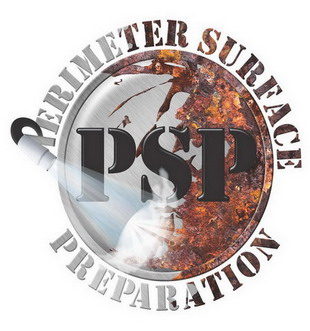Estimates are based on specific applications
Applications:
Blast Cleaning: dirt, mold, paint, and coating removal from hard surfaces such as metal or concrete
Graffiti removal: buildings, sidewalks, concrete and brick
Marine Maintenance: gel coat removal, tough algae or barnacle removal
Restoration and Surface Preparation: steel (with rust inhibitors), concrete, brick, old surface removal.
What We Use:
Abrasives
Abrasives include any blast material that creates a surface profile (or anchor pattern) upon impact. Surface coatings adhere more strongly to profiled surfaces. Garnet, crushed glass, staurolite, coal slag.




Media
Media refers to materials that do not create a surface profile upon impact. These include both inorganic and organic materials. Glass beads, plastic beads, crushed walnut.



How It Works:
When abrasive impacts a hard surface, the particle often breaks or shatters, propelling finer particles into the air as dust, in addition to dust already present in the dry media. This impact can also cause dry sparks charged with static electricity.
When wet abrasive impacts a surface, fine particles are sequestered in water droplets. The additional water weighs the particles down, preventing dust.
The presence of water also confers more mass on the particle at impact. As the water droplet disperses, the hydrostatic force blasts away surface coating, leaving a feathered edge around the perimeter for seamless recoatings.
